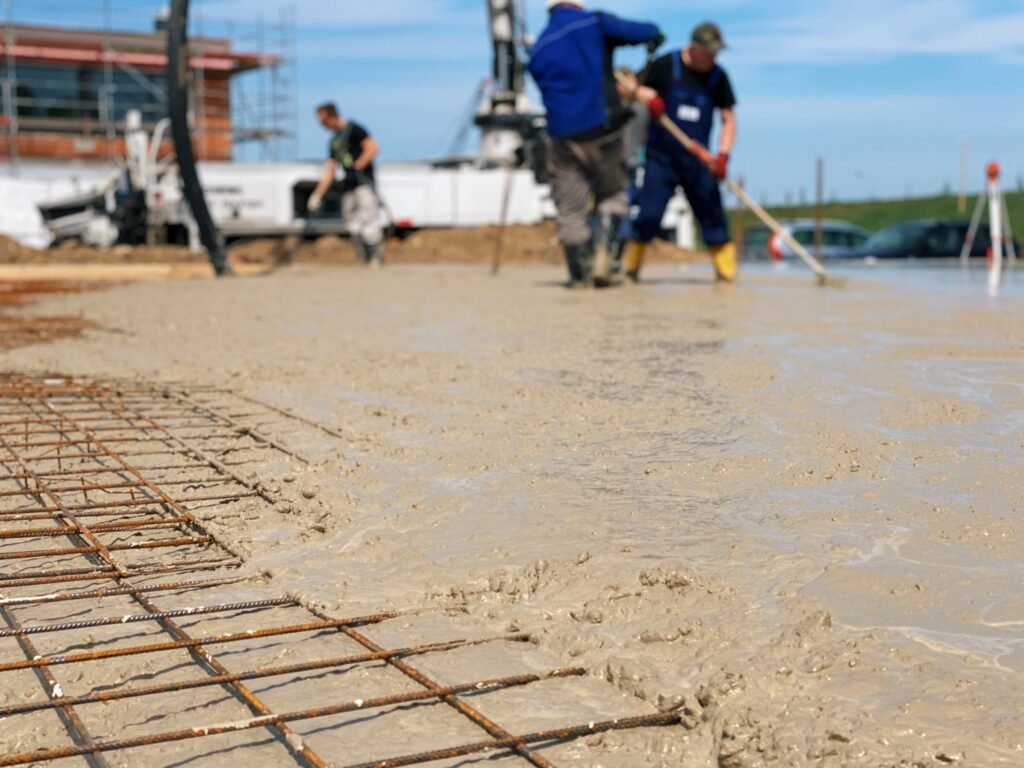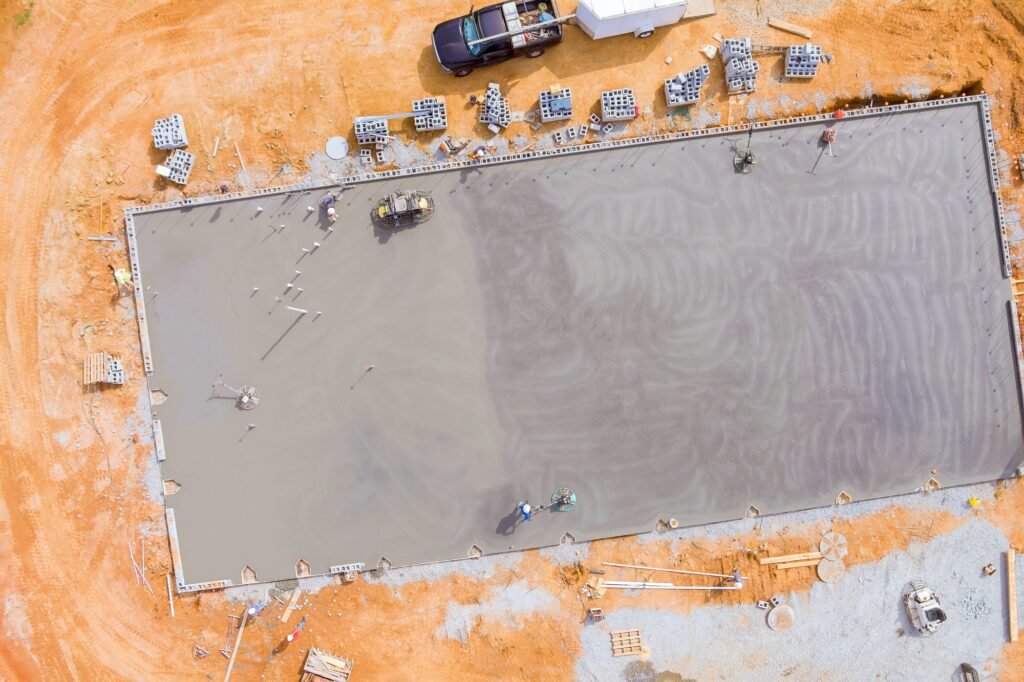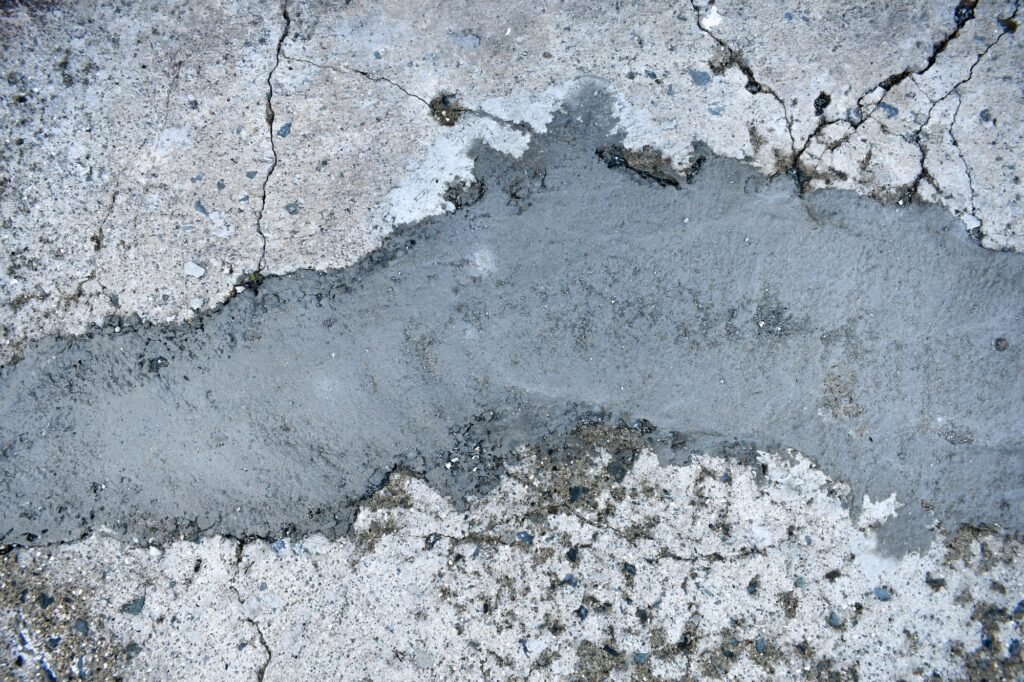Polycarboxylate Superplasticizer Powder Uses, Benefits, and Application Guide
Polycarboxylate Superplasticizer powder stands out in the construction industry for its ability to significantly improve the workability and strength of concrete mixtures. This advanced additive allows concrete to flow more easily without increasing water content, leading to stronger, more durable structures. Concrete producers and contractors use it to meet demanding project specifications efficiently.
Modern building projects increasingly require materials that are both reliable and cost-effective. Polycarboxylate Superplasticizer powder delivers clear benefits in terms of performance, sustainability, and consistency. Understanding how it functions and its practical advantages can help industry professionals make informed choices for their next concrete application.
Polycarboxylate superplasticizer powder is an advanced admixture widely used in concrete technology to enhance workability and reduce water usage. This compound offers distinct benefits in formulation, structure, and physical properties compared to traditional superplasticizers.
Chemical Structure and Composition
Polycarboxylate superplasticizer powder is based on polycarboxylate ether (PCE) polymers. Its backbone is commonly a polyacrylic acid chain, which features side chains of polyethylene glycol (PEG) or similar groups. These side chains provide a “comb-like” molecular architecture.
The primary function of this structure is to promote electrostatic repulsion and steric hindrance between cement particles. This improves dispersion within the mix. The presence of carboxyl groups (-COOH) and polyethylene oxide side chains also enables effective adsorption on cement surfaces.
Manufacturers often modify the copolymer structure, molecular weight, and side chain length to match different performance targets, such as slump retention or initial fluidity.
Types of Polycarboxylate Superplasticizers
Polycarboxylate superplasticizers are classified by their composition and performance characteristics, including early strength, slump retention, and water reduction. Common variants include:
- Early Strength Type: This version promotes faster setting and higher initial strength, often used in precast concrete work.
- Slump Retention Type: Designed to maintain workability for longer durations, suitable for projects requiring extended transport or placement times.
- Universal Type: Balances water reduction, initial workability, and retardation properties for typical construction applications.
The powder form allows for easier handling and longer shelf life compared to liquid versions. Users can select a specific type according to climate, application, and desired concrete performance.
Physical Properties
Polycarboxylate superplasticizer powder appears as a fine, free-flowing, light-colored powder. Typical properties include:
| Property | Typical Range |
|---|---|
| Bulk Density | 400–700 kg/m³ |
| Moisture Content | ≤ 5% |
| pH (1% solution) | 6–8 |
| Solubility | Completely water-soluble |
It dissolves quickly in water, forming a clear solution suitable for immediate use in concrete mixtures. The powder offers enhanced storage stability and uniformity compared to liquid products. It is non-toxic, non-corrosive, and compatible with most common retarders, accelerators, or air-entraining agents.
How Polycarboxylate Superplasticizer Powder Works
Polycarboxylate superplasticizer powder enhances concrete workability and performance by altering the behavior of cement particles and reducing the amount of water required in mixes. Its effectiveness is linked to its unique molecular structure and the way it disperses particles in cement-based materials.
Mechanism of Action in Concrete
Polycarboxylate superplasticizer powder operates through a combination of steric hindrance and electrostatic repulsion. When added to concrete, it coats cement particles with polymer chains. These chains extend outward, creating physical barriers.
This prevents cement particles from clumping together. The dispersed particles lead to a more fluid mixture without the need for excessive water.
Key effects include:
- Enhanced concrete flow
- Improved workability
- Quicker mixing and placement
The molecular structure of polycarboxylate ether (PCE) gives it an advantage in dispersing particles effectively, compared to older types of superplasticizers such as sulfonated naphthalene formaldehyde (SNF).
Interaction With Cement Particles
When polycarboxylate superplasticizer powder interacts with cement, the polymer adsorbs onto the surface of the cement grains. The side chains of the polymer create a layer that separates individual particles.
This separation minimizes flocculation, which is the process where particles clump together, trapping water in the structure. By keeping particles apart, the superplasticizer helps release the trapped water, further aiding fluidity.
A simplified view of this process:
| Polymer Action | Concrete Result |
|---|---|
| Adsorbs on cement surface | Reduces flocculation |
| Side chains extend | Increases separation |
| Creates repulsive forces | Enhances dispersion |
The result is a uniform particle distribution, leading to a smoother and more workable mix.
Water Reduction Effects
Polycarboxylate superplasticizer powder allows for a significant reduction in the amount of water needed to reach a desired concrete slump. Typical water reductions can reach 25–35%, compared to traditional superplasticizers.
This water reduction has several benefits:
- Higher final concrete strength
- Lower risk of shrinkage and cracking
- Improved durability and longevity
By lowering water content while maintaining workability, the powder enables denser, less porous concrete. This is especially beneficial in high-performance and precast concrete applications where consistent quality and durability are critical.
Polycarboxylate superplasticizer powder is valued for its ability to improve concrete’s properties, increase structural performance, and support sustainable construction. Its use leads to consistent mixtures, longer lifespan, and resource savings in both small and large-scale projects.
Enhanced Workability
Polycarboxylate superplasticizer powder greatly increases the fluidity of concrete mixes without increasing water content. This allows for easier placement and compaction of the material, especially in dense reinforcement or complex formworks.
Self-leveling and pumpable concrete become more reliable and consistent when this additive is used. Workers benefit from reduced manual effort and less time spent handling concrete.
Mix uniformity is also enhanced, reducing segregation and bleeding. The result is smoother surfaces and fewer surface defects.
Key Features:
- Higher slump retention
- Easier placement in narrow spaces
- Less manual vibration required
Improved Strength and Durability
Reducing water in the mix while maintaining workability leads to denser, less porous concrete. This directly contributes to higher compressive and flexural strength over time.
Durability is also improved, as reduced permeability limits the ingress of harmful substances like chlorides or sulfates. Long-term exposure to weather, chemical attack, and freeze-thaw cycles causes less damage when polycarboxylate superplasticizer is used.
Benefits Table:
| Property | Standard Concrete | With Superplasticizer |
|---|---|---|
| Water/Cement Ratio | Higher | Lower |
| Compressive Strength | Moderate | Higher |
| Permeability | Greater | Lower |
Structures last longer, reducing costs for repairs and maintenance.
Environmental Impact
The use of polycarboxylate superplasticizer powder supports green building practices. Lower water content means that less cement is needed for the same strength, reducing CO₂ emissions related to cement production.
It can also allow for higher incorporation of supplementary cementitious materials (SCMs), such as fly ash or slag. This further lowers the environmental footprint of concrete.
Resource efficiency is increased not just in materials, but also in energy and effort during construction. The overall impact on the environment is lessened compared to traditional admixtures.
Applications in Construction and Industry



Polycarboxylate Superplasticizer powder is widely used in modern construction for improving concrete workability and durability. Its chemical structure allows efficient water reduction and provides specific benefits for different concrete applications.
Ready-Mix Concrete
Ready-mix concrete requires consistent performance and ease of transport. Polycarboxylate Superplasticizer powder helps achieve high slump and workability while maintaining low water-to-cement ratios.
This improves the strength and durability of the concrete once set. The material prevents premature setting and segregation during transit, making it suitable for urban projects that require long hauling times.
Key advantages include:
- Enhanced workability for easier placement
- High early and final strengths
- Reduced risk of cracking due to lower water use Consistent concrete quality also means fewer on-site adjustments, supporting more predictable project timelines.
Precast Concrete Elements
Precast concrete factories benefit from precise control over curing times and product finish. Polycarboxylate Superplasticizer powder enables the production of high-strength, dense concrete with smooth surfaces.
Its rapid dispersion in mixes leads to quicker demolding and shorter production cycles. Products like beams, slabs, and wall panels achieve uniform strength and geometry.
Other important points:
- Improved compaction reduces air voids and surface defects
- Lower water content results in less shrinkage
- Increased early strength supports faster handling and storage This is especially valuable for manufacturers operating with tight schedules or demanding quality requirements.
Self-Compacting Concrete
Self-compacting concrete (SCC) requires a high degree of flowability without segregation. The unique molecular design of Polycarboxylate Superplasticizer allows SCC to spread under its own weight and fill complex formwork easily.
There is no need for mechanical vibration, reducing labor and noise. SCC mixed with this additive improves surface finish and reduces repair costs.
Benefits for SCC applications include:
- Enhanced flow through congested reinforcement
- Uniform consistency and reduced honeycombing
- Quicker placement times on large projects Polycarboxylate Superplasticizer thus enables the reliable batching of SCC for use in high-rise buildings, intricate molds, and infrastructure works.
Proper Usage and Handling Guidelines
Ensuring the correct application of Polycarboxylate Superplasticizer powder is important for optimal performance in concrete and mortar mixing. Safe handling practices and accurate measurements can prevent material wastage and minimize health or environmental risks.
Dosage Recommendations
The dosage of Polycarboxylate Superplasticizer powder varies depending on the specific concrete mix design and desired workability. Common dosage rates range from 0.1% to 0.3% by weight of cementitious materials, but this figure may need adjustment based on factors such as ambient temperature, aggregate properties, and required slump.
For best results, initial trial mixes should be prepared in the lab to determine the optimal addition rate for a given project. Excessive dosages may lead to segregation or delayed setting, while insufficient quantities can result in poor dispersing performance.
A typical dosage table for reference:
| Application Type | Dosage (% by cement weight) |
|---|---|
| Standard Concrete | 0.15 – 0.25 |
| High-Performance Mixes | 0.20 – 0.30 |
| Precast Elements | 0.12 – 0.22 |
Accurate scales and clean measurement equipment should always be used to maintain consistency.
Mixing Procedures
Polycarboxylate Superplasticizer powder is best added to the mix after the initial blending of cement, aggregate, and water. It can be diluted in water to form a solution for uniform distribution, or added directly as powder, depending on equipment capabilities.
Gradual addition while the mixer is running helps prevent clumping and ensures complete dispersion. Mixing typically continues for 2–5 minutes after superplasticizer dosing to fully activate its dispersing action.
Proper sequence and timing are essential to achieve uniform consistency and maximize the performance benefits. When batching large volumes, it is important to follow equipment manufacturer recommendations for order of ingredient addition.
Health and Safety Precautions
Direct contact with Polycarboxylate Superplasticizer powder can cause mild irritation to skin, eyes, and the respiratory system. Personal protective equipment such as gloves, safety goggles, and dust masks should always be worn during handling, measuring, and mixing.
Work areas should be well-ventilated to minimize inhalation risks. In case of accidental skin or eye contact, affected areas must be rinsed immediately with plenty of clean water.
All product packaging should be sealed after use and stored in a dry, cool area, away from direct sunlight. Spilled powder should be collected carefully using tools and disposed of in accordance with local regulations to prevent environmental contamination.
Storage, Packaging, and Shelf Life
Polycarboxylate superplasticizer powder should be stored in a cool, dry environment. It is important to keep the material away from direct sunlight, moisture, and high temperatures to maintain its properties.
Manufacturers typically package the powder in moisture-proof bags or drums. Common packaging options include 25 kg bags or 500 kg jumbo bags. All containers should be tightly sealed to reduce exposure to air and humidity.
Recommended Storage Guidelines:
- Store at temperatures between 5°C and 35°C
- Avoid stacking more than two pallets in height
- Keep off the ground using pallets or racks
A typical shelf life for polycarboxylate superplasticizer powder is 12 months from the date of manufacture. After this period, the product should be tested for key performance parameters before use.
| Packaging Type | Standard Weight |
|---|---|
| Plastic-lined Bags | 25 kg |
| Jumbo Bags/Drums | 500 kg |
If the powder becomes damp, it can clump and lose effectiveness. Always reseal partially used containers immediately after opening.
You may be interested
Diverse Applications
- ISO and EU REACH Certification
- 11 Product Patents and 4 Utility Model Patents
- Fast Delivery and Flexible Payments
- Exported to More Than 60 Countries and Regions
Need More Help?
Reach out to Novastar Today for detailed information and guidelines!





